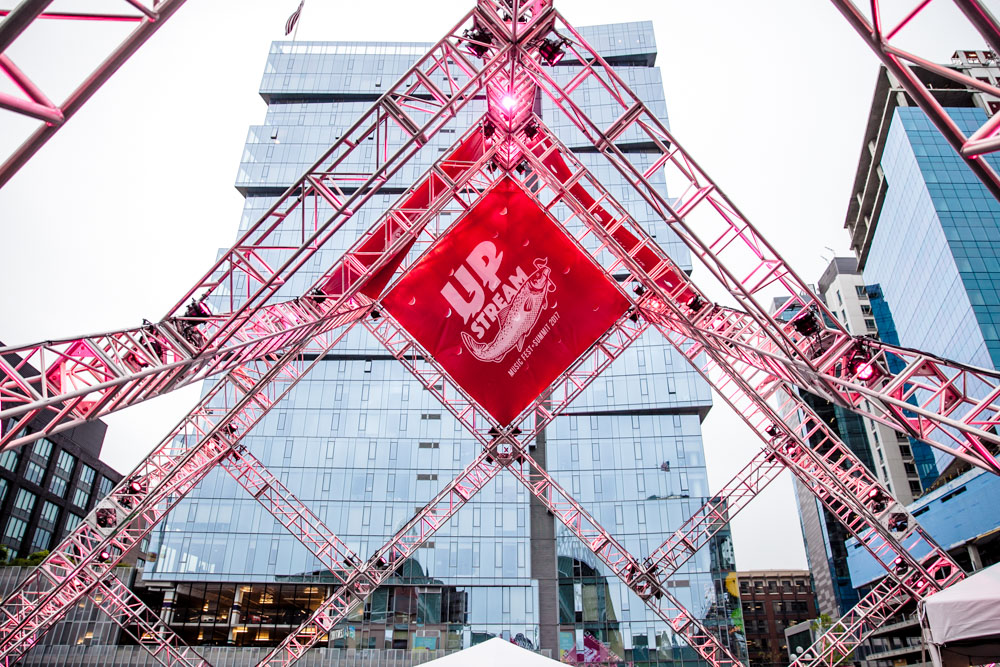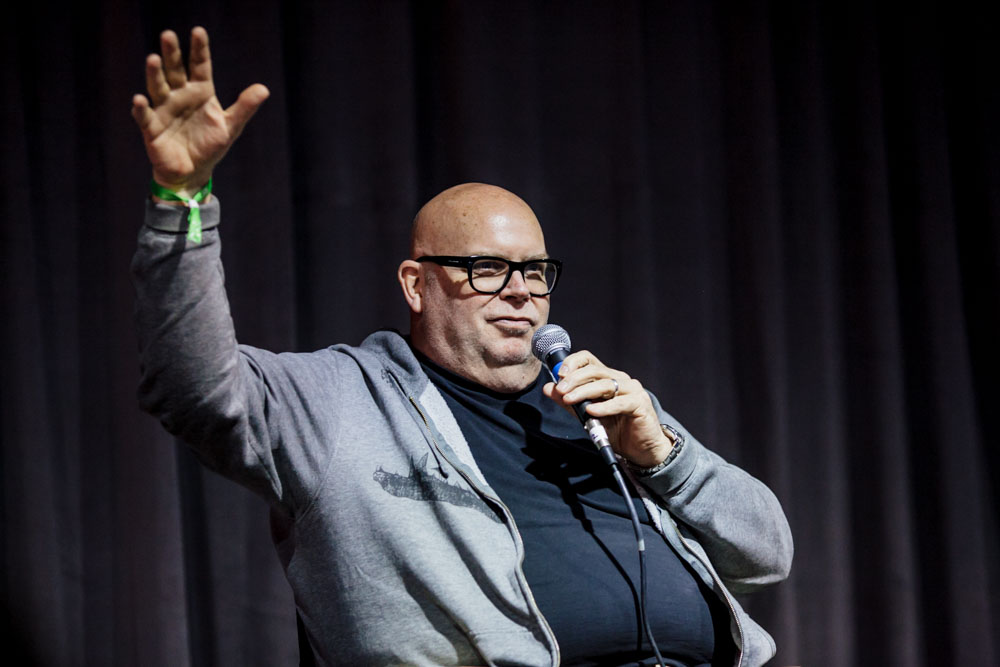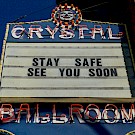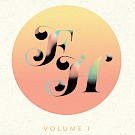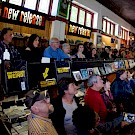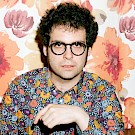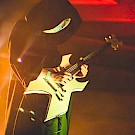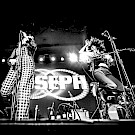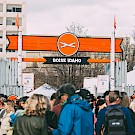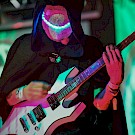Vortex took a trip up north to check out the first annual edition of Seattle's Paul Allen-funded Upstream Music Fest + Summit—an impressive inaugural effort that included some 360 artists (mostly from the Northwest) playing more than 30 stages throughout the Pioneer Square and SoDo stadium areas on three consecutive evenings (May 11-13), while the first two days stimulated brains with industry chatter and built community at the comprehensive educational summit focused on the future of the music industry.
The festival had a few stated goals prior to launching and most were admirably achieved at the first-year fest:
1: A Mix of Genres
"No single genre or style defines the Northwest," the fest's official fact sheet proclaimed. And Upstream did do a good job of being inclusive, highlighting plenty of guitar-based rock and pop as well as hip-hop showcases, DJs and electronic music, bluegrass and folk, and R&B, soul and jazz. All in all, the fest offered ample opportunities for new music discovery in the live arena.
2: Activating Seattle’s Historic Pioneer Square Neighborhood
One of the greatest successes of the fest was its rekindling of the lost art of venue hopping. With everything located in a couple block radius, venue proximity to one another was key and oftentimes you could simply go next door to find a new show. The convenience factor was high and this made for a great consumer experience that's been all but lost at supersaturated fests like SXSW or killed off with MusicfestNW's format change.
That said, not all of the venues were true venues. Some were simply event spaces or pop-up performance halls and there were moments of questionable sonic quality in some of these locales—but then again, some of them weren't any worse than the typical dive bar experience.
3: Harnessing Technology
The Upstream app was solid. It had a good way to check out and bookmark artists or panels of interest, saving everything into a single schedule to help you plan out your potential night, and a clear (albeit slightly inaccurate) map. It gave real-time notifications if a venue was at capacity (or had a long line) and offered suggestions of where to find smaller crowds.
As is typical with a fest that relies on an all-access wristband, some venues did have lines so long that concertgoers spent entire sets waiting outside the venue, ultimately missing the act because they didn't arrive early enough. With plenty of 200 (or less) cap venues, the intimate spaces were great for those inside, but some of the fest's bigger drawing names could've been booked in larger spaces. Sure, the experience was likely unforgettable for those who caught Seattle faves like Thunderpussy or Pearl Jam's Mike McCready in the low-ceilinged basement of the Comedy Underground, but the fest could've just as easily utilized other stages for such popular acts.
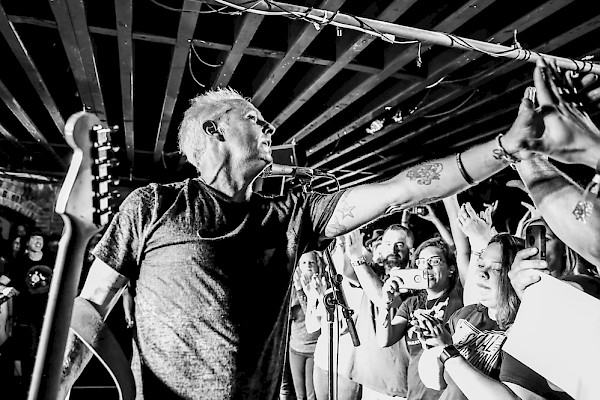 Mike McCready at the Comedy Underground on May 11: Photo by Sunny MartiniIn this day and age, we don't really bat an eye at all of the ways we're being tracked and monitored, but the fest's wristband system did check you in and out at every venue meaning big brother (Vulcan) was watching and collecting data the whole time about festivalgoers' movements.
Mike McCready at the Comedy Underground on May 11: Photo by Sunny MartiniIn this day and age, we don't really bat an eye at all of the ways we're being tracked and monitored, but the fest's wristband system did check you in and out at every venue meaning big brother (Vulcan) was watching and collecting data the whole time about festivalgoers' movements.
In the end, the app and festival experience exceeded expectations—honestly, everything functioned pretty smoothly for a first-year fest. Counting more than 30,000 attendees at almost 400 gigs, here were some poignant Summit moments that stood out:
▶ "You gotta bring passion with you all the time, in both pockets," Quincy Jones told us as the opening keynote of the Summit. The man has 28 Grammys on his shelf (and has been nominated a record 79 times), cut this teeth with Ray Charles, is responsible for Thriller, and is a Rock & Roll Hall of Famer, amongst so many other accolades. To introduce him, Upstream played a retrospective video of his career and his contributions are so vast, varied and monumental that you were both awestuck and emotional in the same moment. Any chance to hear him spread knowledge and share stories is a unique opportunity. Basically, he said: Love what you're doing. And be prepared.
▶ "To collaborate is to differentiate yourself," festival performer and panelist Jared Mees (also Tender Loving Empire label founder) told us as part of the scene-building and collaborative marketing panel that also featured Megan Stoll and Eric Gilbert of Boise's Treefort Music Fest and Duck Club Presents alongside Megan Tweed of PR firm Edelman and indie label Fainting Room Collective.
▶ And Macklemore showed himself to be one of the good guys during his gracious, informative keynote chat—offering insight into his rise, dedication to his community as well as his independence, and an excuse for why you'll soon see him rocking an Oakland Raiders jersey (Beast Mode's #24).
As for the festivities side of things: I'd never seen pitchers sold at a music festival before but Fuel's outdoor stage and beer garden offered just that. I'd also yet to head up to the 18th floor of the historic Smith Tower—where bellhops still run the elevators, even at 11pm, and you're limited to just seven persons per trip—to catch an EDM act.
While I topped out at 13 acts on Friday night, the witchy, electronic-inflected Maiah Manser—with her alluring attitude and Lady Gaga vibes—may have been the highlight of the eve. Rebounding from a slow, technically fraught start, she took a moment during her set to play a new song solo, a "sassy" one, she said—and it went a little something like this: "Am I pretty enough for Jesus to save me?"
We can't wait to hear more, but until then, enjoy her recent EP below. CY

